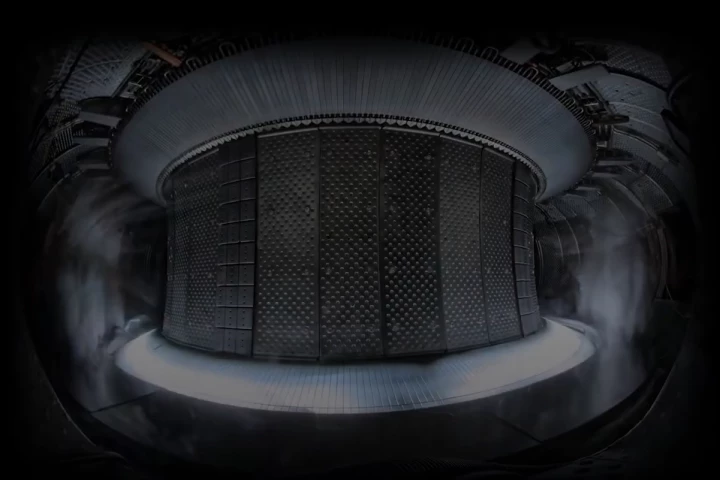When you think of ocean waves, most people will imagine sitting on a beach watching breakers roll in from the horizon. However a group of scientists from the University of Miami have been tracking waves of a different breed – unseen colossal, skyscraper-tall underwater waves that are present in every one of our oceans.
Subsurface waves, otherwise known as internal waves (IW) are initiated by the effects of Earth's gravity, and rarely ever break the surface. To understand an IW, imagine separating the ocean into layers of water that get denser and denser as you go farther down. An IW is like a surface wave that occurs on one of the lower strata of the ocean levels.
Internal waves move much slower than their exterior counterparts, and whilst the height of the surface ocean remains essentially unaffected, the water layers beneath rise and fall dramatically as these waves pass by.
The team of researchers from the University of Miami were able to observe the characteristics of IWs in the Luzon Strait connecting to the South China Sea by using satellite-based radar imaging to watch for surface ripples known to be caused by the subsurface phenomena. Tracking the waves, some of which tower up to 170 meters (558 ft) from start to finish, allows the researchers to gain a more unified view of process at work.
These subsurface waves are not only present in our oceans, they are key mechanics in other large bodies of water such as lakes and fjords, and as such must be better understood. The oceanic IWs are so massive that they can actually pose a significant risk to submarine operations, and a greater understanding of how they transfer heat and nutrients in order to influence marine life could inform commercial fishing practices.
Source: University of Miami




